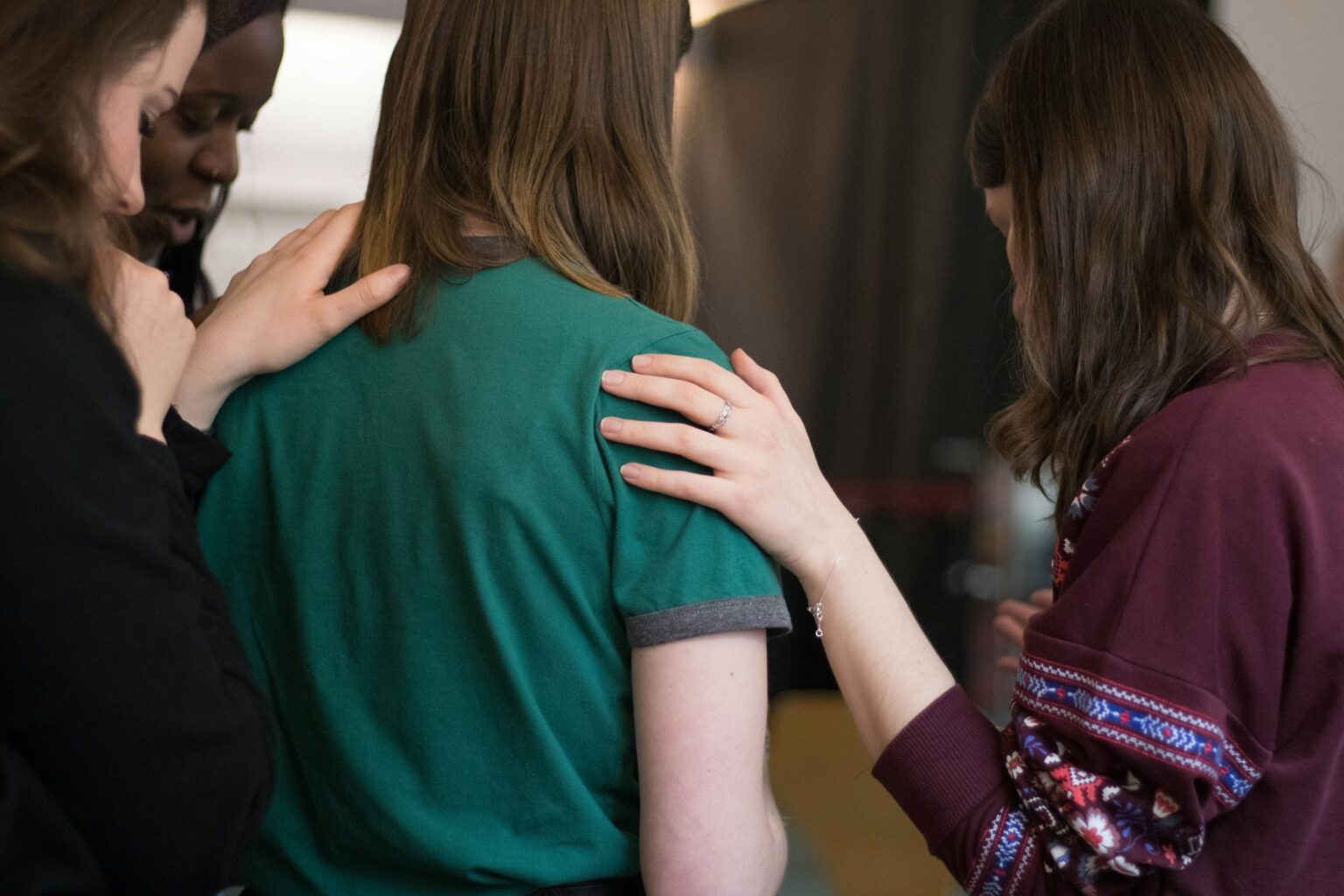There are 4 essential components which promote engagement in activities and relationships:
Every moment has potential
Look at activities that need to be done—such as shopping or gardening—and those that could be done—such as visiting friends or playing sport—as opportunities for supported people to be engaged throughout the day. These activities are often done independently by staff, with supported people only involved as spectators, if they are present at all. Active Support encourages the opposite so that people are involved in all the activities of daily living, even (or particularly) when the presence of challenging behaviour might result in such opportunities being withdrawn
Little and often
Thinking about activities and relationships as a series of steps so that staff can identify those parts the person can do for themselves, those that staff should help them with and those that staff will need to do for them in order for the person to experience success. As a result, staff can start small, enabling people to dip in and out and providing shorter opportunities for engagement throughout the day rather than solely focusing on single lengthy events.
Graded assistance
Providing the right amount and type of support at the right time: too much, and the person will be ‘over-supported’ and hindered in their independent development; too little, and they will fail. Staff develop the skills they need to ensure the amount and type of help they provide is constantly adjusted to fit the particular activity, step or circumstance.
Maximising choice and control
Looking for opportunities for the person to express their preferences and be listened to, recognising that choosing within activities and relationships is a valuable opportunity for experiencing independence and control. Frequently responding to preferences with this in mind increases the likelihood that the person will learn that making choices makes sense, and will make more of them.







